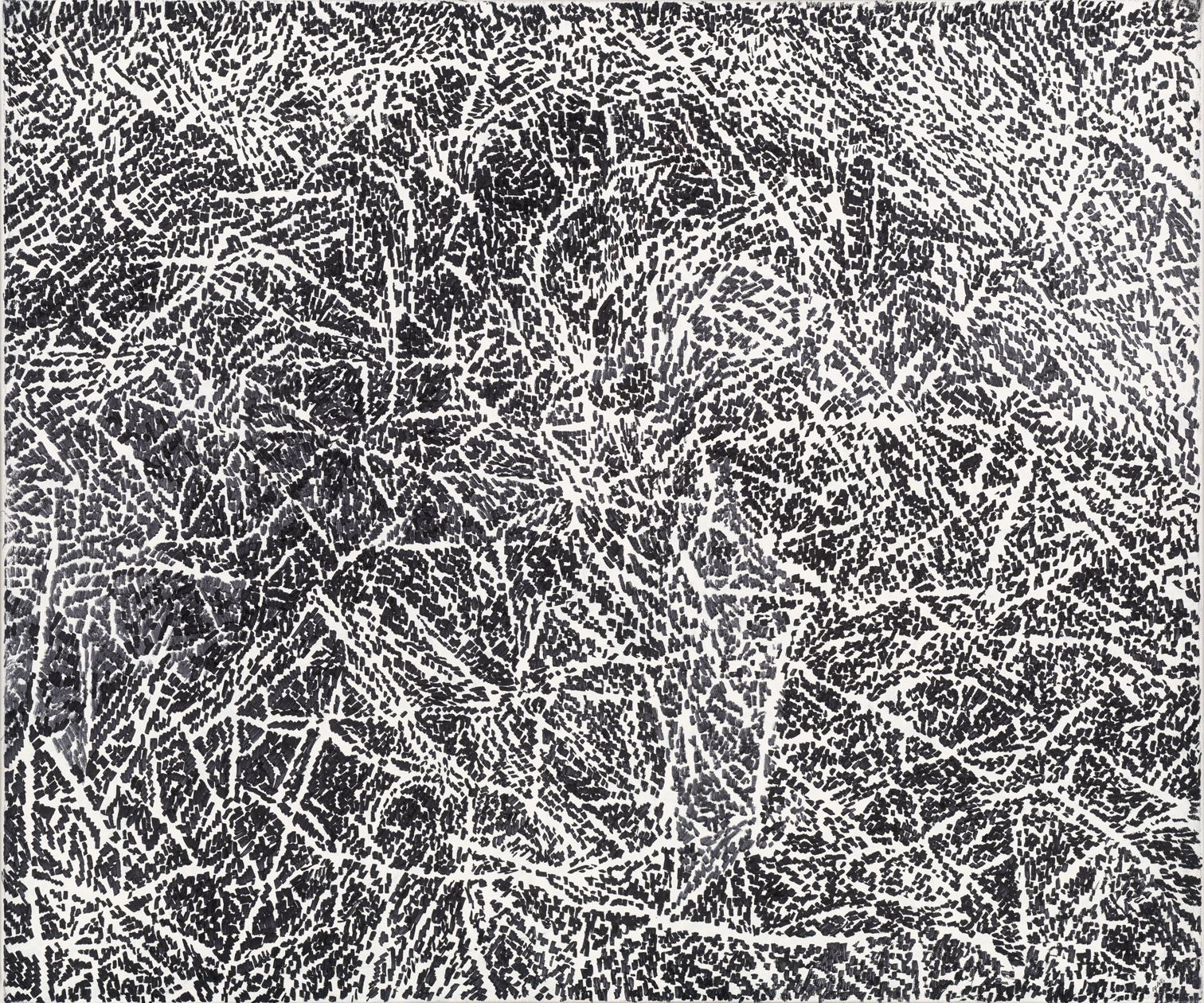
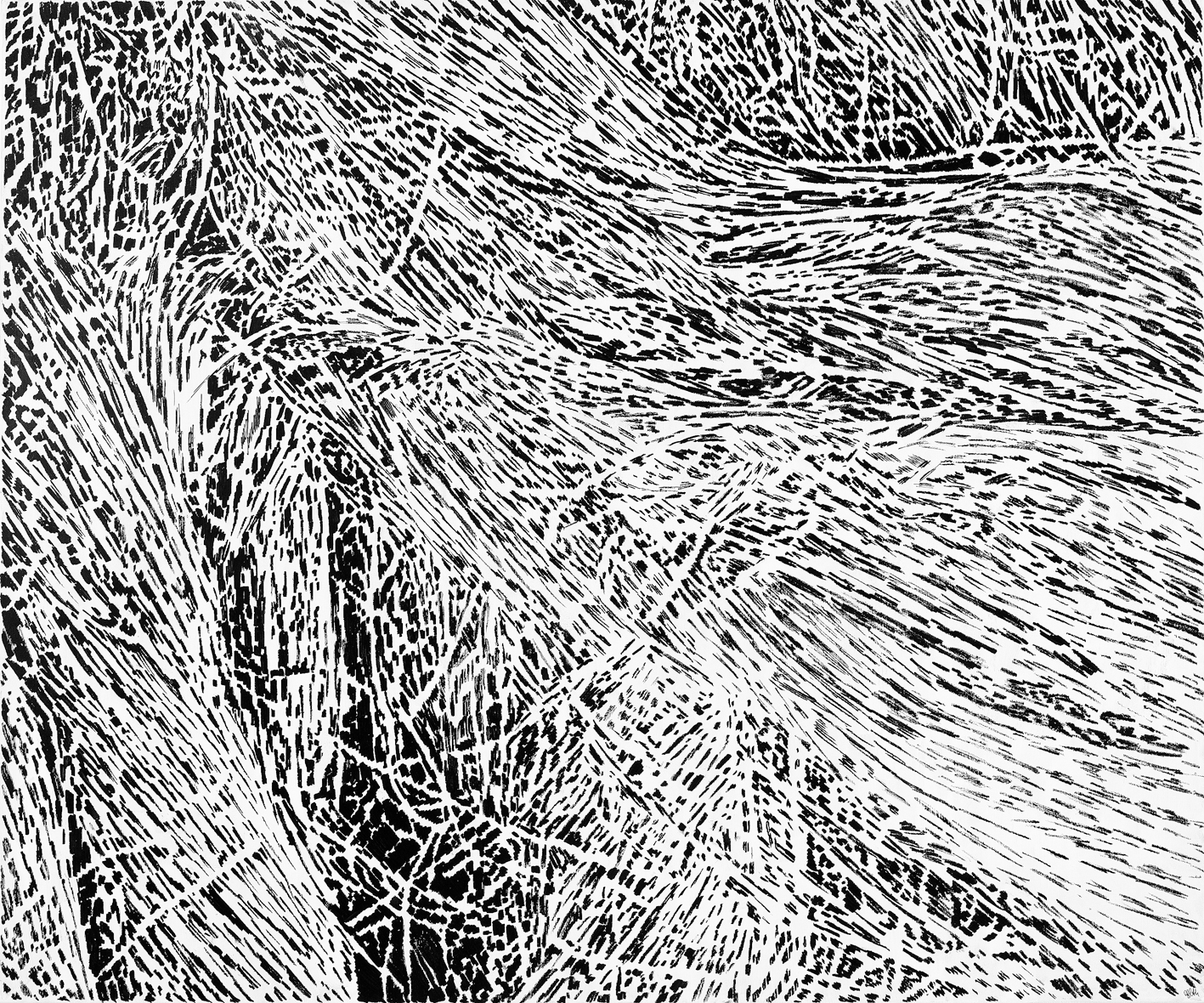
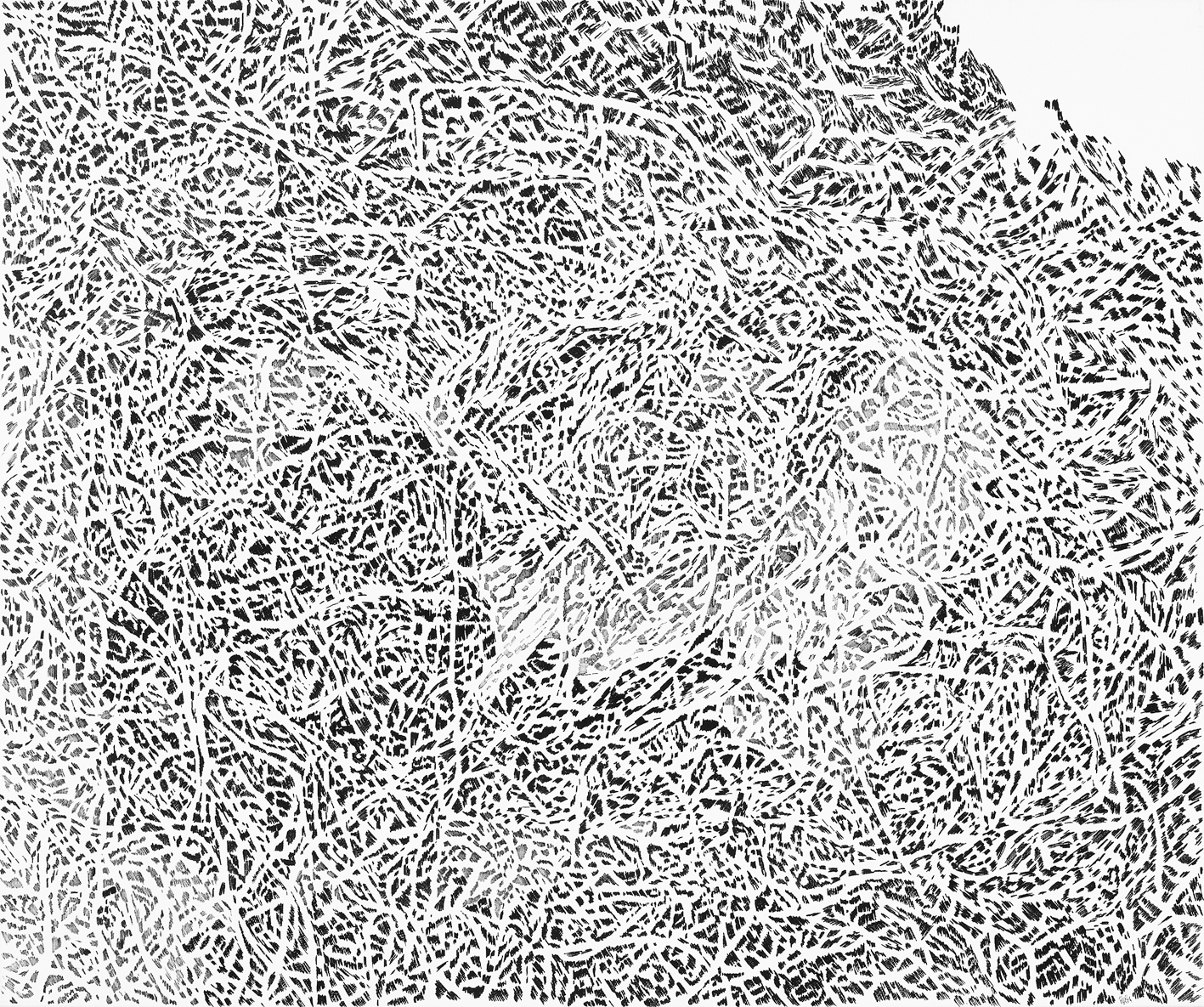
DRAWINGS - ALPHA
 |
 |
 |
|---|
alpha 31 / 2016 / permanent marker on canvas / 100 x 120 cm
alpha 10 / 2013 / permanent marker on canvas / 100 x 120 cm
alpha 06 / 2013 / permanent marker on canvas / 100 x 120 cm
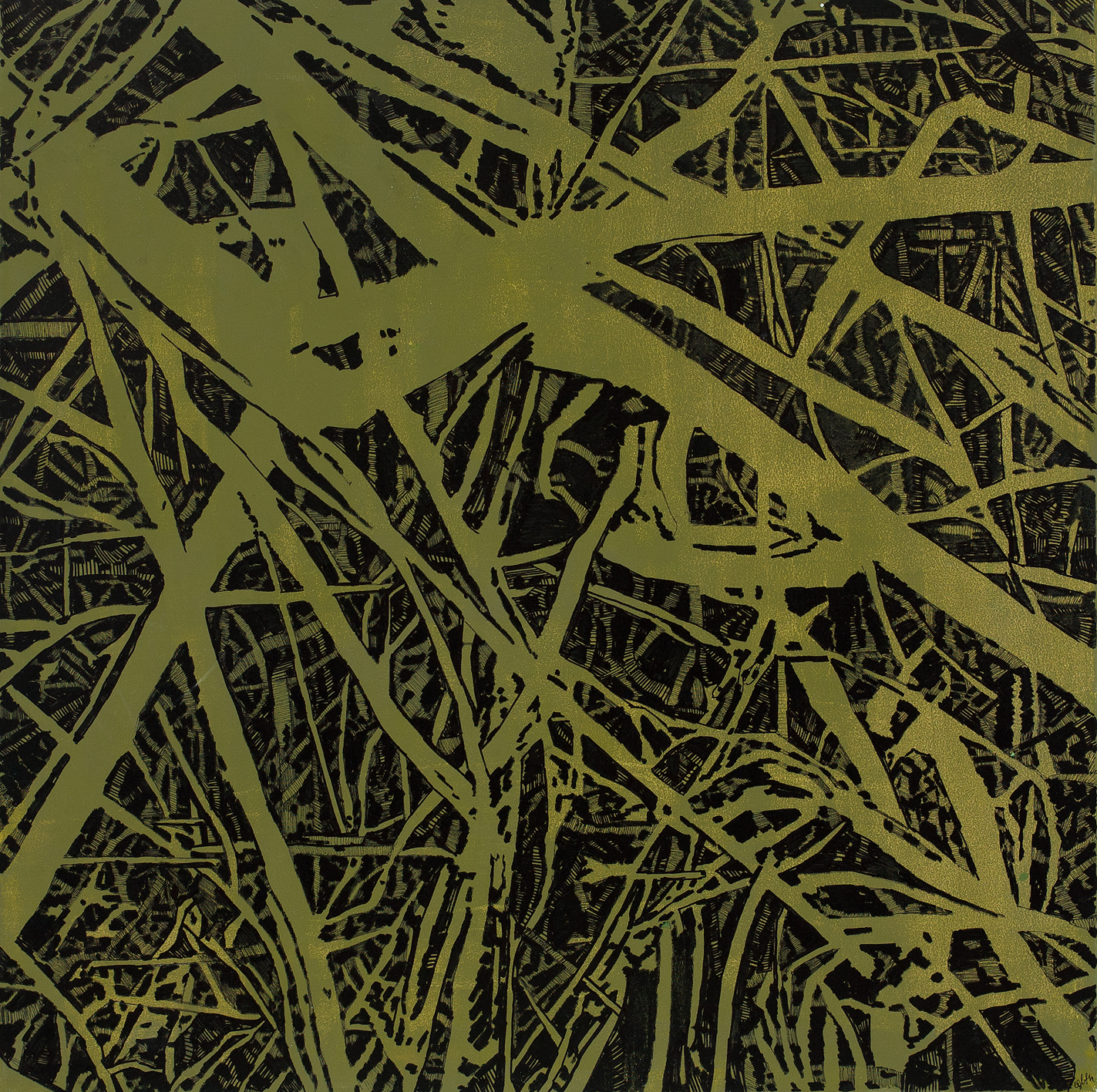 |
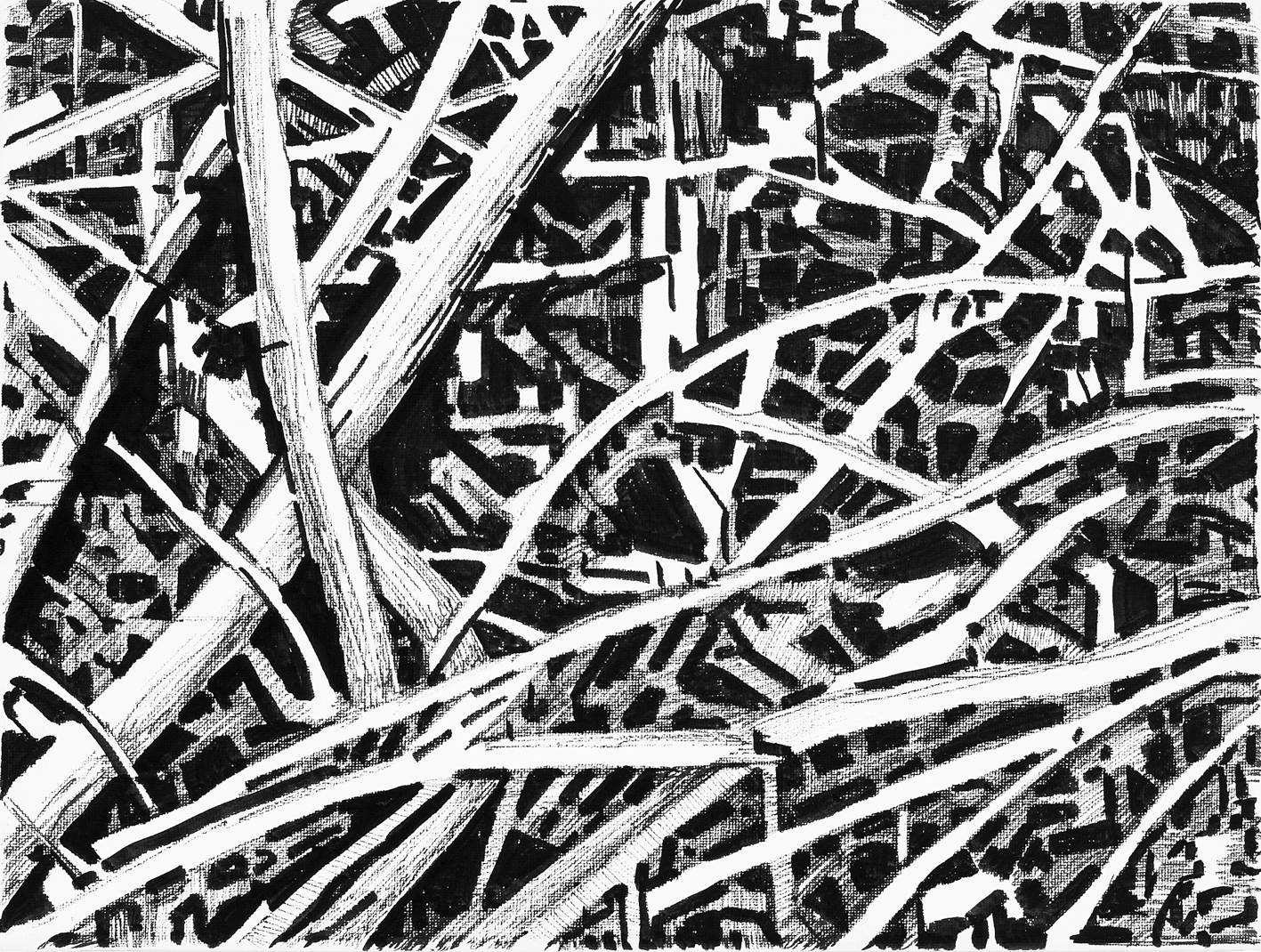 |
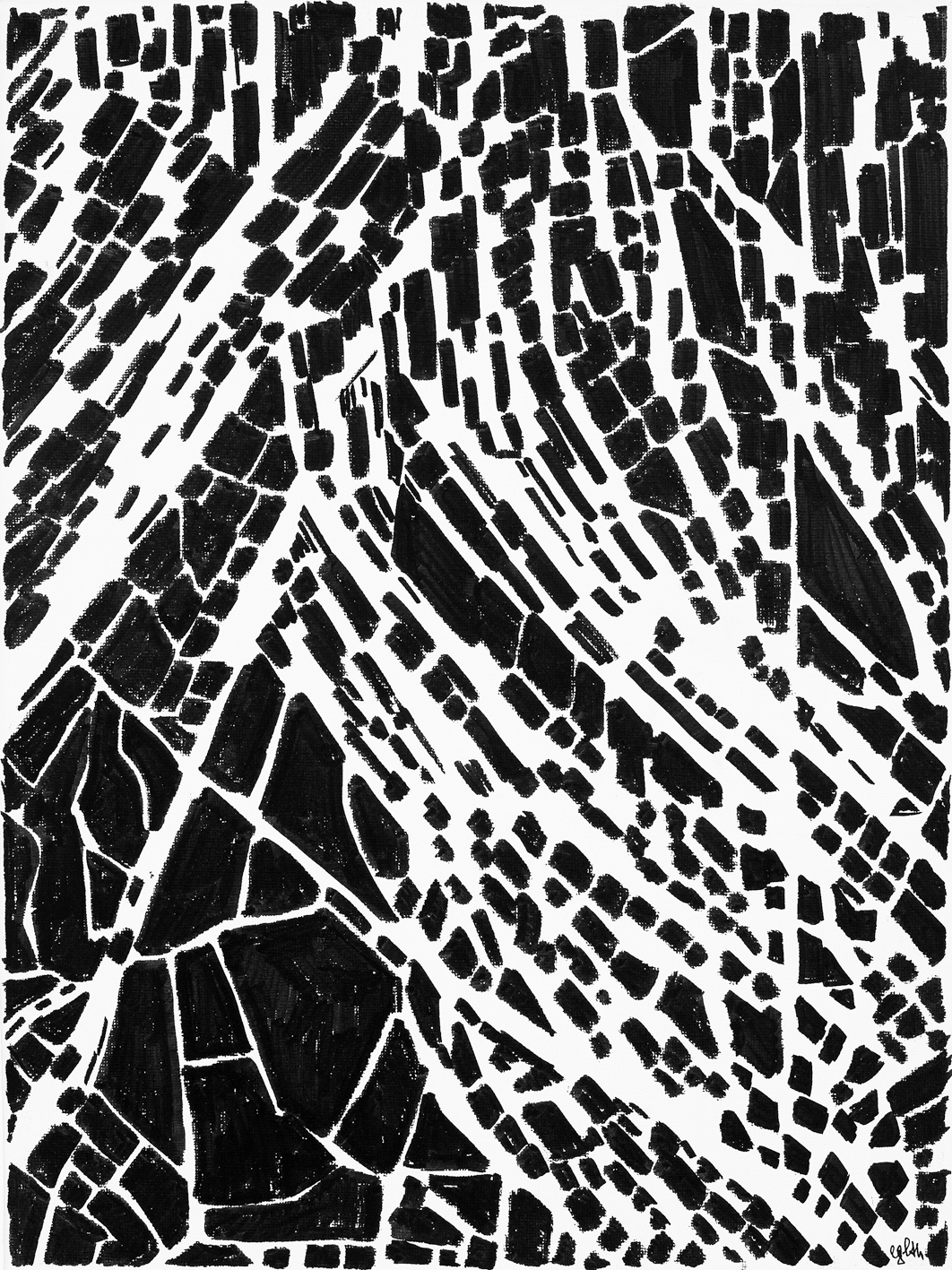 |
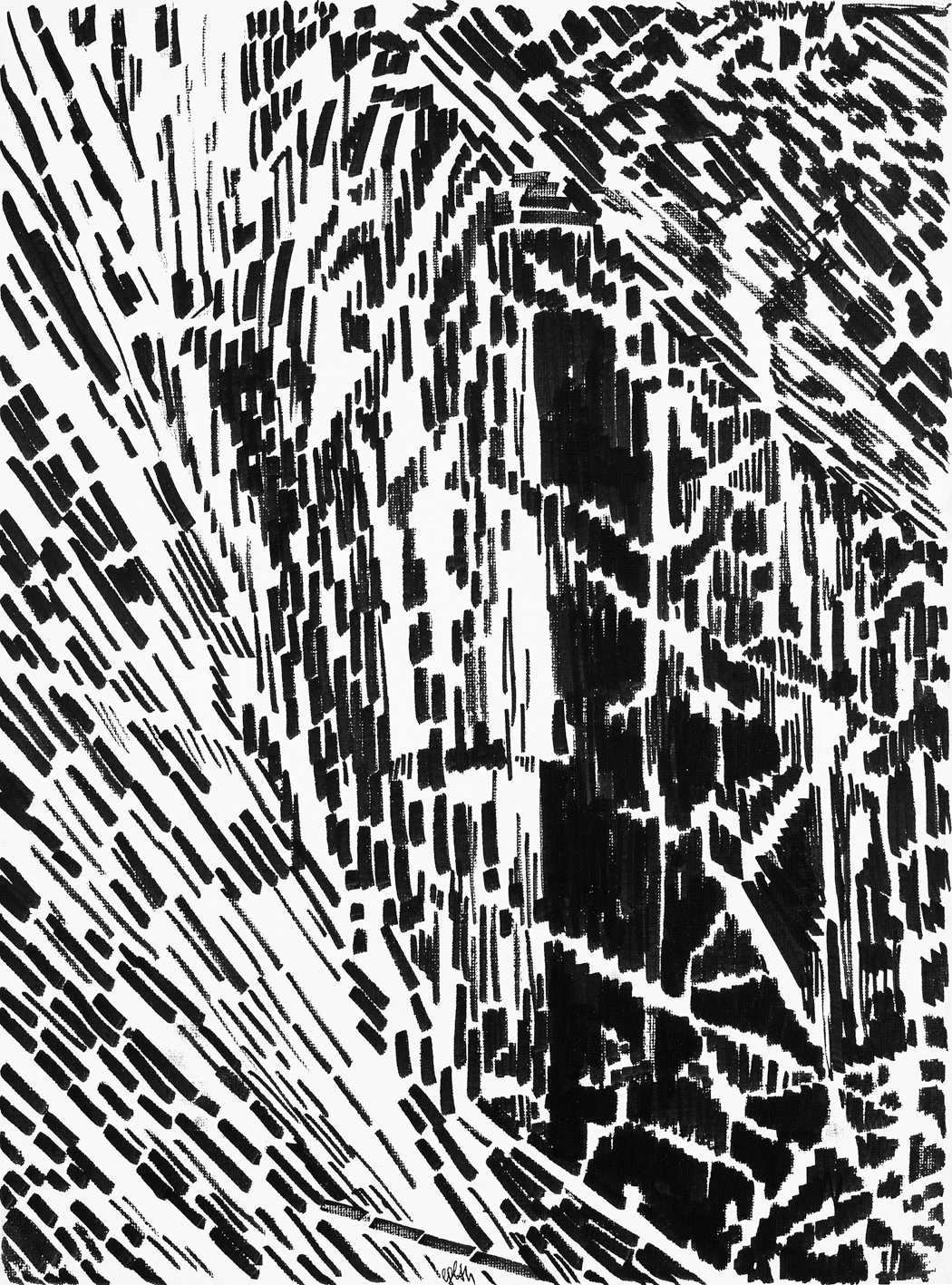 |
 |
|---|
alpha 20 / 2016 / permanent marker on canvas / 80 x 80 cm
alpha 01 / 2013 / permanent marker on canvas / 30 x 40 cm
alpha 02 / 2013 / permanent marker on canvas / 40 x 30 cm
alpha 03 / 2013 / permanent marker on canvas / 40 x 30 cm
alpha 05 / 2013 / permanent marker on canvas / 30 x 40 cm
 |
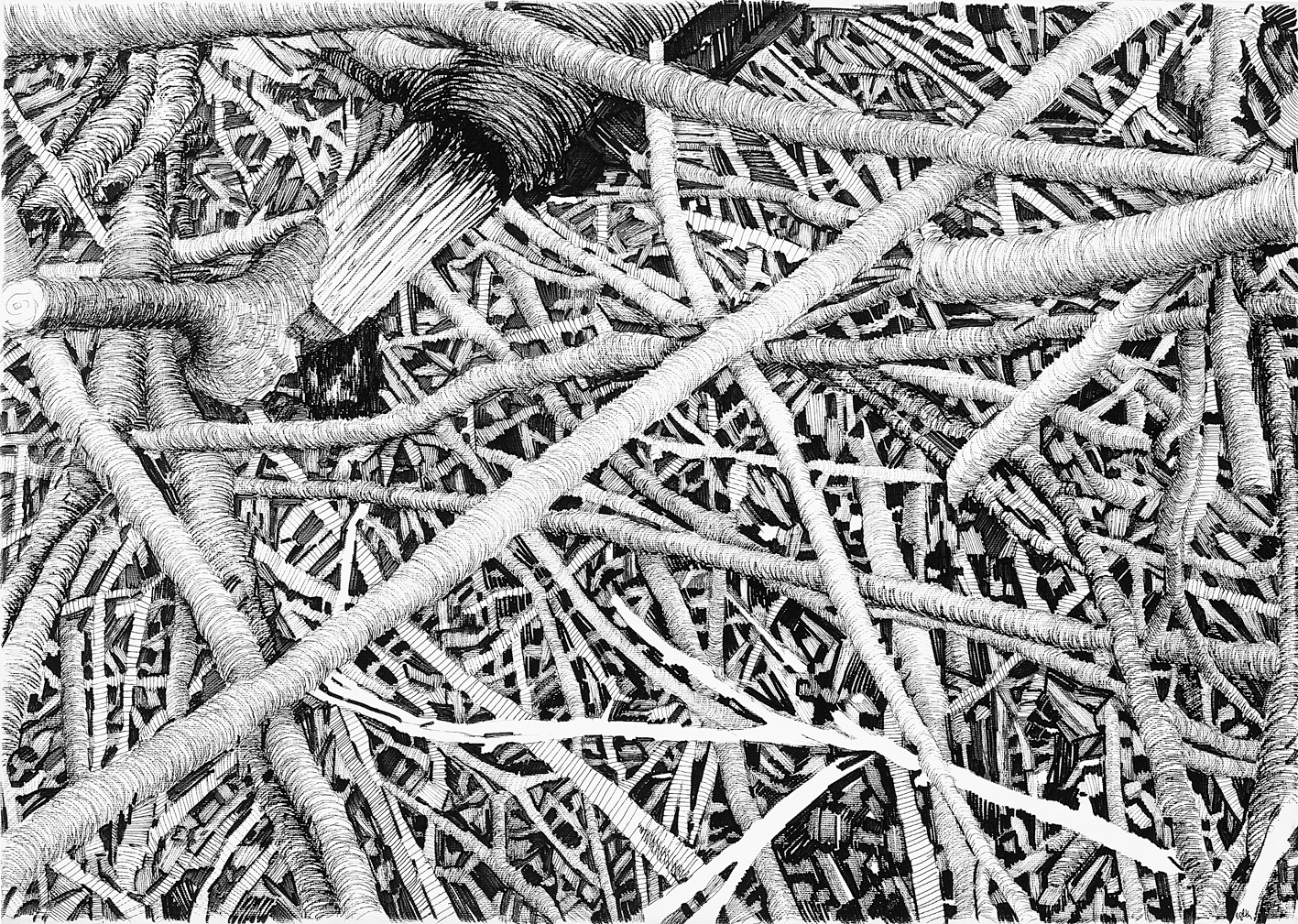 |
|---|
alpha 07 / 2013 / permanent marker on canvas / 60 x 80 cm
alpha 08 / 2013 / permanent marker on canvas / 60 x 80 cm
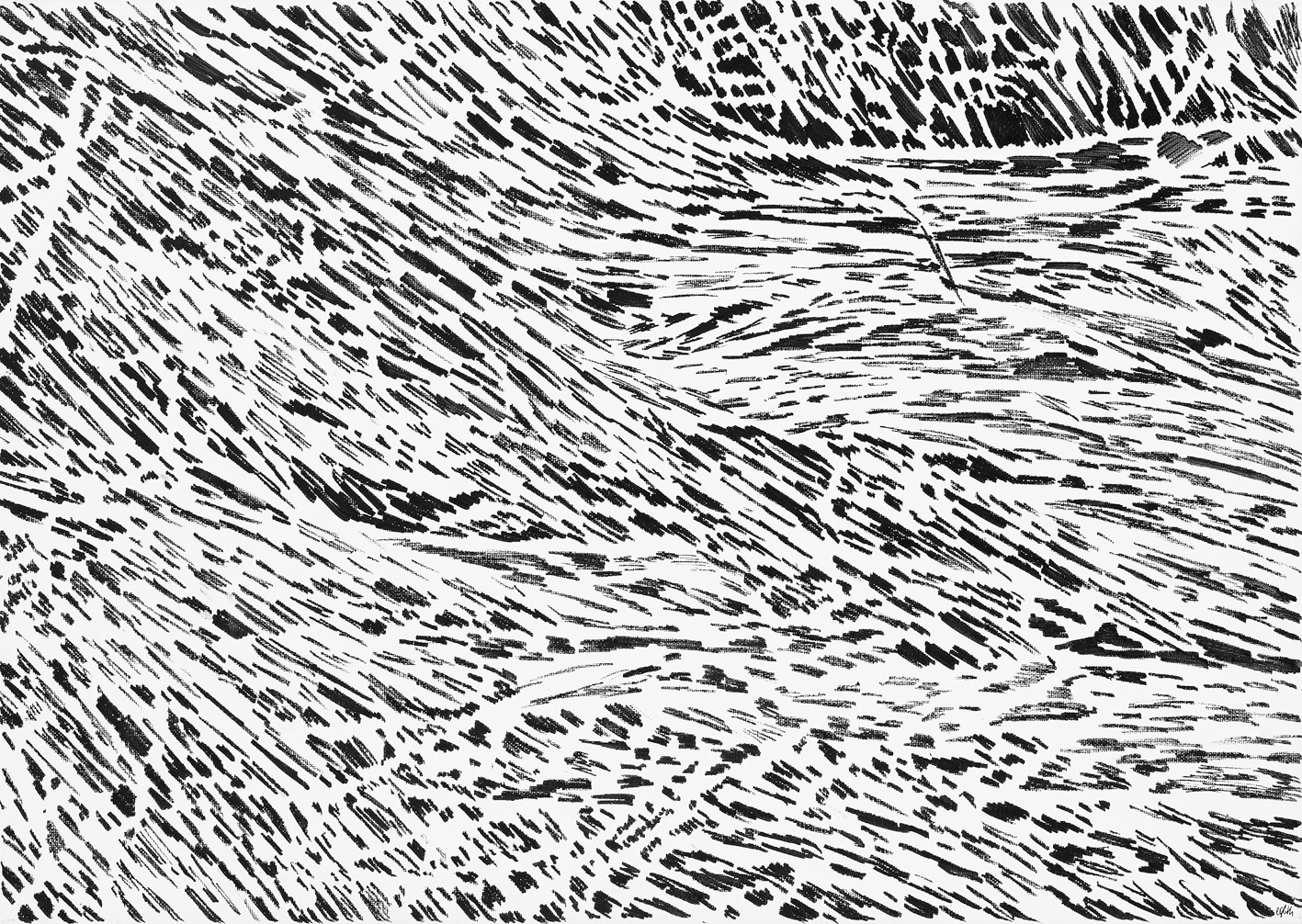 |
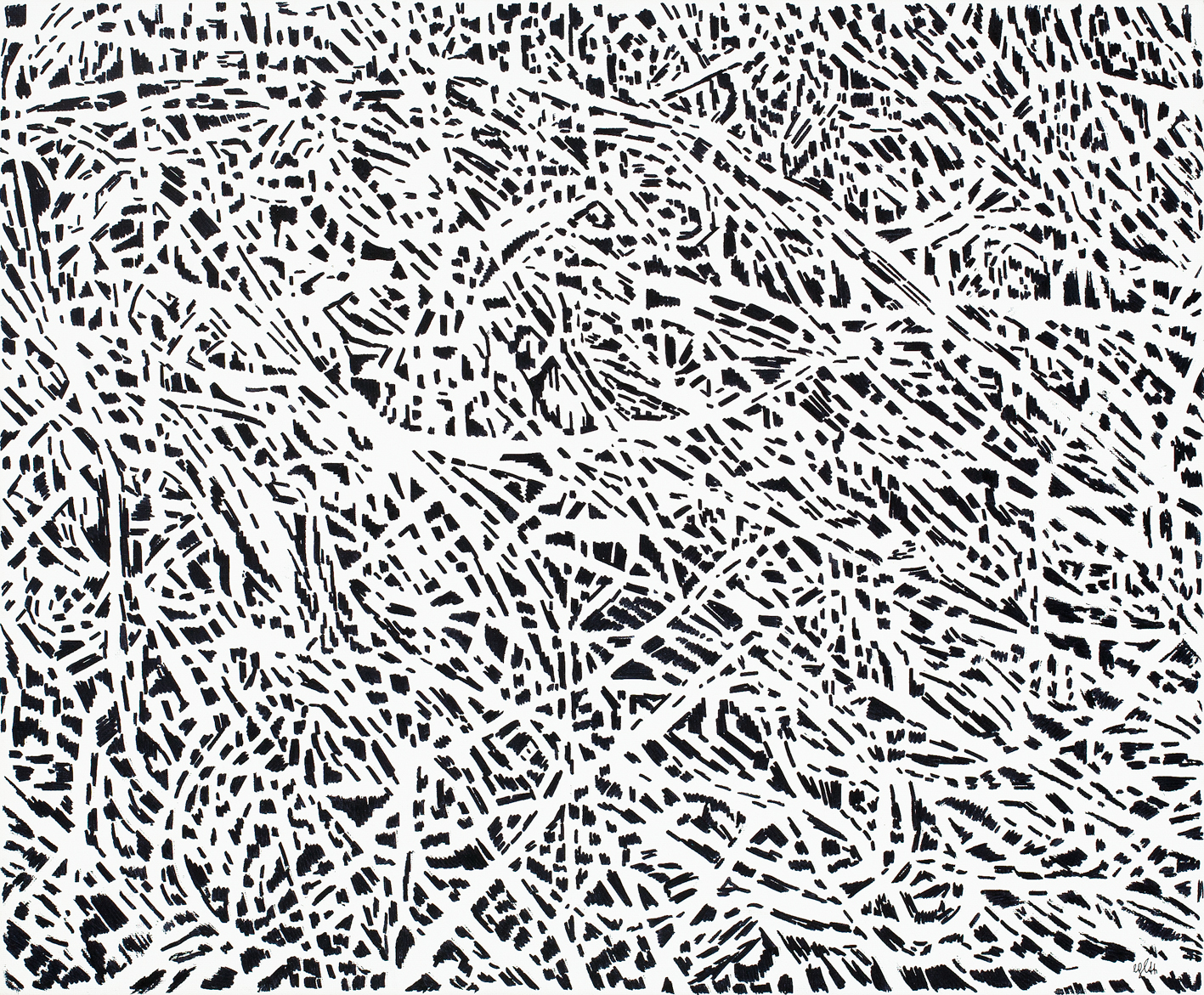 |
|---|
alpha 09 / 2013 / permanent marker on canvas / 50 x 70 cm
alpha 04 / 2013 / permanent marker on canvas / 50 x 60 cm
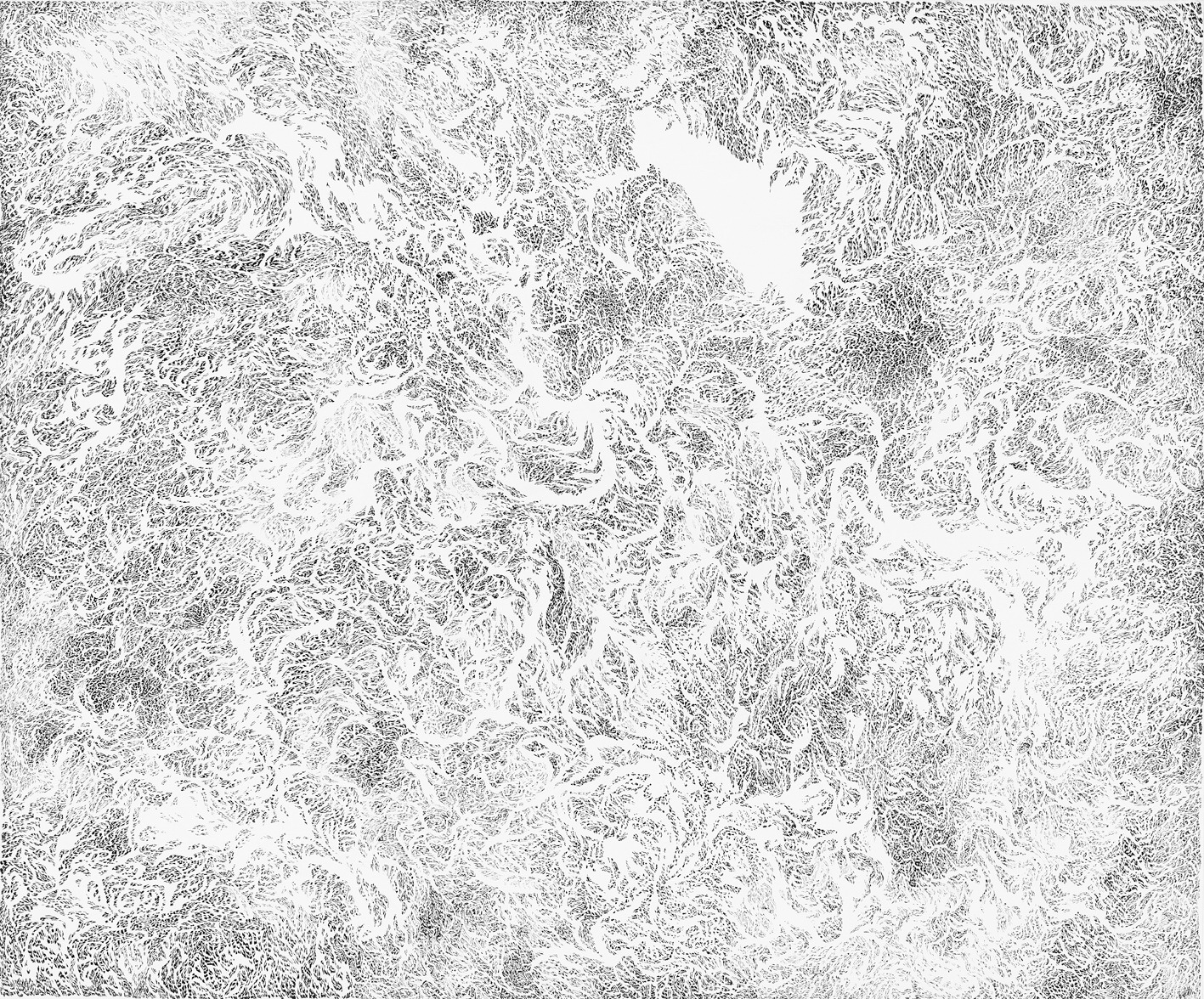 |
|---|
alpha 21 / 2013 / permanent marker on canvas / 100 x 120 cm
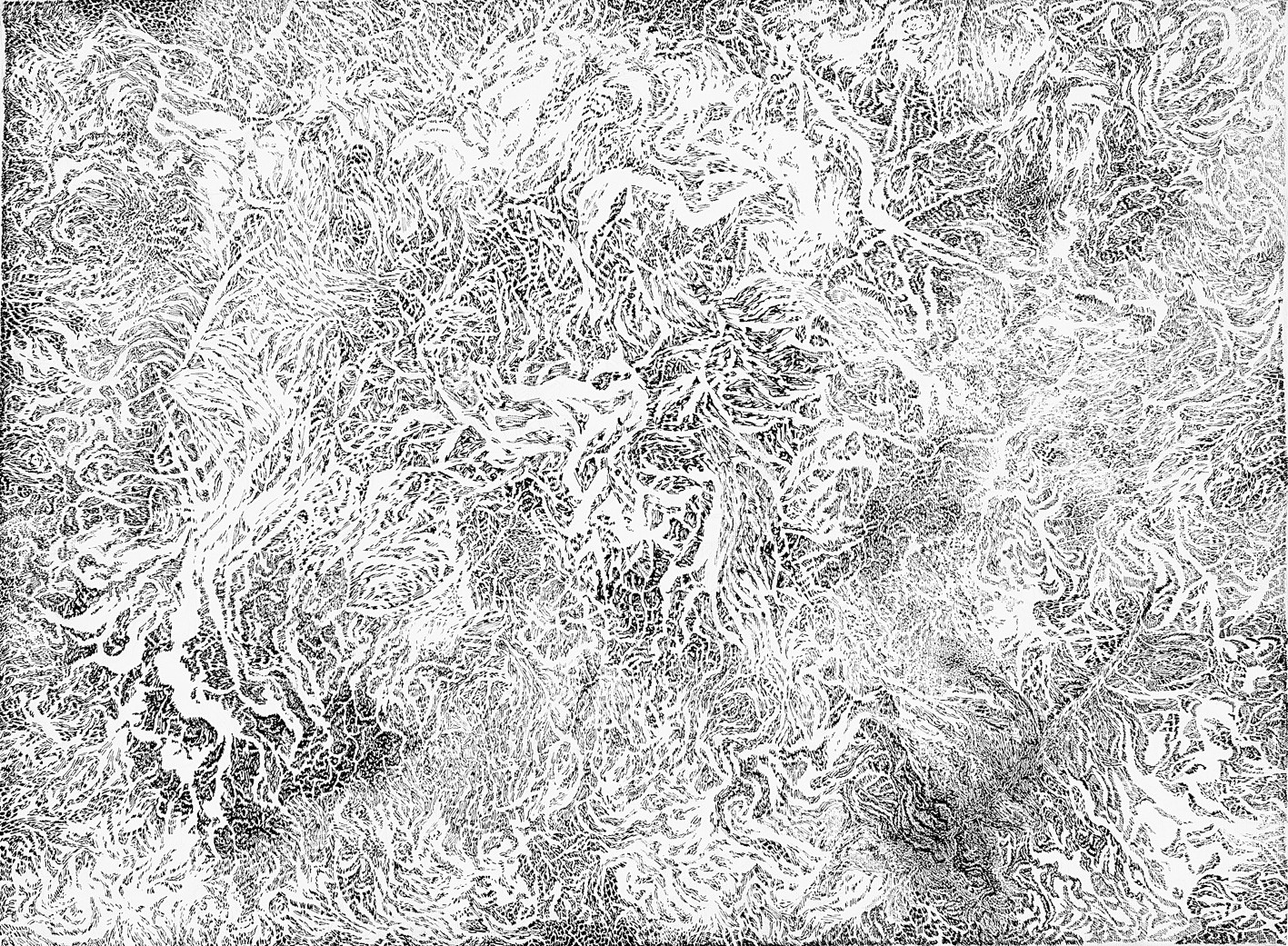 |
|---|
alpha 22 / 2013 / permanent marker on canvas / 60 x 80 cm
TEXT - ALPHA
This series of works displays net-like structures inspired by piles of tree branches, woven patterns, maps and air views of landscapes.
The focus is on the combination of the technical and organic linear patterns, on contrast, and on the inter-play of the positive and negative spaces.
The relationship between the natural and artificial structures and processes is examined by experimenting with variability and repetitiveness, macro and micro scale, chaos and order, randomness and precise elaboration.
POSITIVE - NEGATIVE
The essential and constitutive element for all works of this series is the relation of the positive and negative spaces. It defines the structure of each drawing as well as the structure of each smaller segment within the drawings.
The priority of the positive or the negative is the principal question that emerges during the composition development. The artist reflects upon it by the means of contrast, i.e. changing the mental state from impulsiveness to self-control which results into the permanent tension between random action and reflected elaboration of the composition.
The positive and negative areas co-define each other, the dominating direction of the influence – from positive to negative or from negative to positive – alters from drawing to drawing as well as within the inner structure of single drawings.
LINE - SPACE
The play with the contrast of the positive and negative is combined with the opposition of the linearity and space. The process of drawing reminds of sculpturing a form: the lines arranged into sequences seem to lose their linear character and become an area. These areas physically shape the positive space and sculpture it to lines.
In the reverse composition development, the vast area of the white canvas, the positive, is mentally transformed to an imagined line flowing through the landscape and cutting it into numerous islands which are to be physically shaped by the black materialized lines.
MATERIAL
The material properties of the black permanent marker are reduced to its single and essential characteristic: permanency as a metaphor of steady contrast. The method of contrasting affects each action and process: the positive is contrasted to the negative, chaos to order, randomness to elaboration, repetitiveness to variability, macro scale to micro scale, the line is contrasted to the area.
LINEAR PATTERN
The common feature of the line throughout this series is its fragmentation and resolution into more or less short strokes.
The degree of format-filling varies, though tending to the coverage of the entire canvas. By filling out mostly the whole space, the linear grid facilitates the impression of flatness. However, the variation of the line density and thickness creates a feeling of volume and transforms the flat surface into a spacial pattern.
The changing length and direction of the strokes create various rhythmic and dynamic patterns conveying a subtle feeling of movement.
Both the three-dimensional and dynamic effects are more or less slight, appearing and disappearing depending on the viewing distance and the concentration of the glance.
United by the form, length, direction, thickness and extent of density, the lines build up numerous more or less homogeneous bundles and islands, the homogeneity of the sequences being of different nature: from chaotic through strict to lyrical and decorative.
MACRO – MICRO SCALE
In the experiment with the scale, the distance to the canvas is varied; the spot-devoted acts of drawing are followed by the reflected contemplation and landscape development from a distance. This contrasting leads to the exaggeration effects resulting in macro or micro scaled patterns, inviting the viewer to explore his/her own perception by varying the distance to the canvas.
CROSS REFERENCING
Just like lines condense to sequences within one canvas, the drawings complement each other, form more or less coherent groups. Though contrasting, the separate groups of drawings are at the same time extensions of each other and form a coherent system with its elements cross-referencing one another.